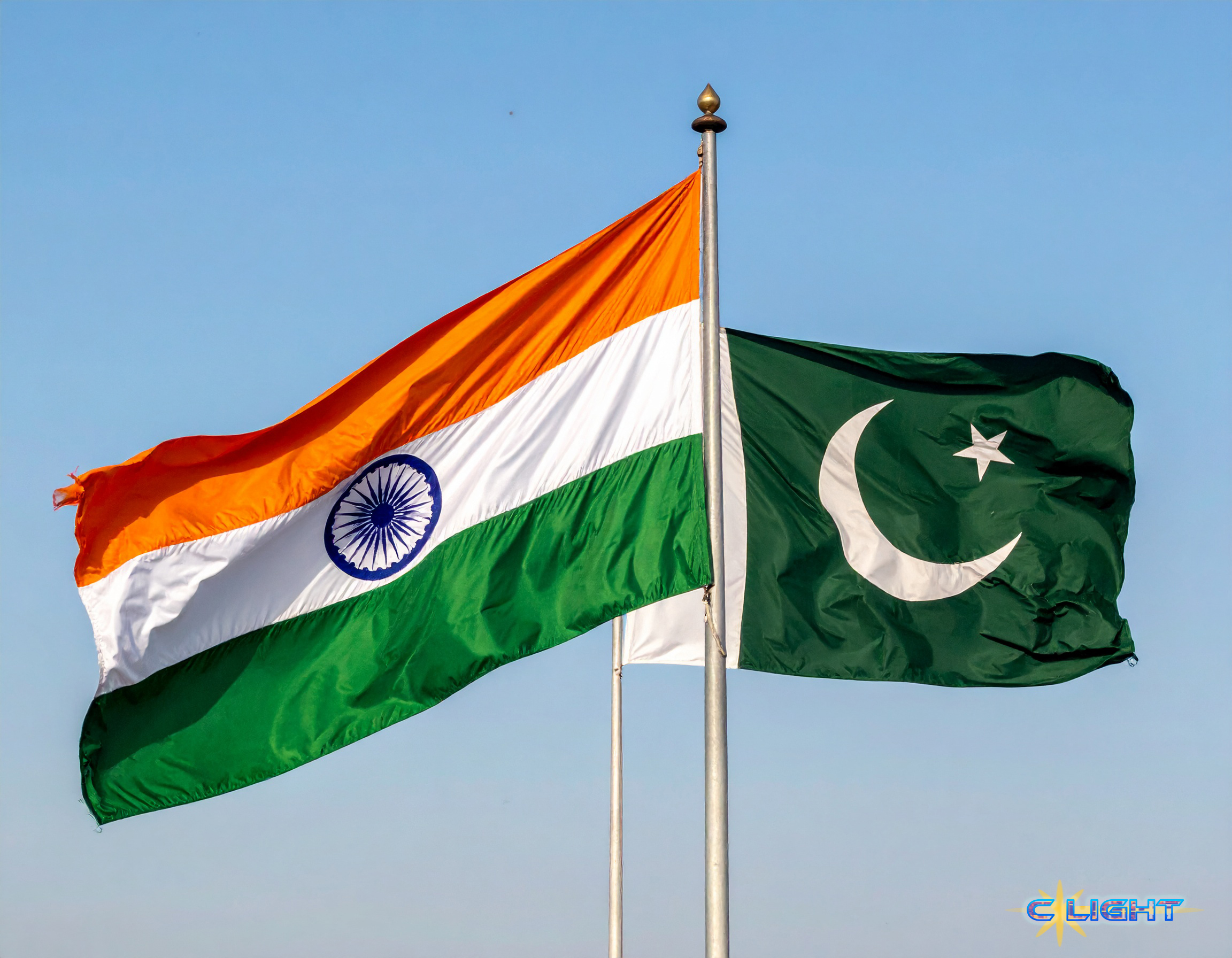Indianapolis, IN – May 6, 2025 – 5:35 PM EDT – India and Pakistan were actively exchanging military fire across their disputed Kashmir border late Tuesday (local time Wednesday), in a dramatic escalation that began with Indian missile strikes into Pakistan and was met with Pakistani artillery retaliation, according to official statements from both nuclear-armed nations. The direct military engagement marks a dangerous new phase in the long-standing conflict, with international observers expressing grave concern over the potential for wider war.
The immediate crisis intensified significantly when the Indian Army reported Tuesday evening that Pakistan had “fired artillery in Bhimber Gali in Poonch-Rajauri area” in India-administered Kashmir. In a post on X (formerly Twitter), the Indian Army stated its forces were “responding appropriately in a calibrated manner.”
This exchange followed India’s announcement earlier Wednesday (local time) that it had launched “Operation Sindoor,” conducting missile strikes against what it described as nine sites of “terrorist infrastructure” in Pakistan and Pakistan-administered Kashmir. India stated these actions were a “focused, measured, and non-escalatory” response to a deadly militant attack on April 22 in Pahalgam, Indian-administered Kashmir, where 26 civilians, mostly Hindu tourists, were killed. India has blamed Pakistan for backing that attack, a charge Islamabad denies.
Pakistani officials confirmed their territory was hit by Indian missiles in at least three to five locations, including Muzaffarabad (the capital of Pakistan-administered Kashmir, where power outages were reported), Kotli, and significantly, Bahawalpur in Pakistan’s Punjab province. Pakistan reported that at least one child was killed and others were wounded in Bahawalpur when a missile struck a mosque. Pakistan’s Defence Minister, Khawaja Asif, directly contradicted India’s claims, stating to Geo TV that the Indian missiles, launched from Indian airspace, had struck civilian areas and that claims of targeting “terrorist camps” were false.
A Pakistani military spokesman, Lt. Gen. Ahmed Sharif Chaudhry, called the Indian strikes a “shameful and cowardly attack” and vowed that Pakistan “will respond… at a time and place of its choosing.” He confirmed Pakistan’s air force was airborne. The subsequent Indian report of Pakistani artillery fire indicates that the response has now begun.
A Volatile History and Nuclear Stakes
This dangerous escalation is rooted in over 75 years of animosity between India and Pakistan, primarily centered on the Himalayan region of Kashmir. The conflict dates back to the 1947 partition of British India, which created independent India (a secular nation with a Hindu majority but also home to one of the world’s largest Muslim populations, as well as significant Sikh and Christian communities) and Muslim-majority Pakistan. Kashmir, a Muslim-majority princely state at the time, was left with its status unresolved. Both nations claim the territory in full but administer separate parts, divided by a heavily militarized Line of Control (LoC). They have fought three major wars and numerous smaller conflicts, mostly over Kashmir.
The stakes in any India-Pakistan confrontation are exceptionally high, as both nations publicly declared their nuclear weapons capabilities in 1998. This reality means any significant military exchange carries the risk of catastrophic escalation, a concern consistently voiced by the international community. (It’s worth noting for local understanding that “Sikh” refers to an adherent of Sikhism, a distinct religion with deep historical roots in the Punjab region, which itself was divided during the 1947 partition; while many Sikhs are Indian citizens, the terms “Sikh” and “Indian” denote distinct religious and national identities.)

The Path to Renewed Conflict
The April 22 Pahalgam attack served as the immediate catalyst for this latest round of hostilities. In the weeks following, India undertook what The New York Times described as a “flurry of punitive measures,” including threatening to disrupt crucial river flows into Pakistan by suspending the Indus Waters Treaty, launching a sweeping security clampdown with hundreds of arrests in Indian-administered Kashmir, engaging in repeated small-arms fire across the LoC, and significantly curtailing diplomatic ties. Pakistan, in turn, conducted at least two missile tests, and its officials repeatedly warned of intelligence suggesting an imminent Indian military strike. India had also announced widespread civil defense drills across numerous states for May 7th.
International Concern
The rapidly deteriorating situation prompted the United Nations Security Council to hold emergency closed consultations on Monday, May 5th, at Pakistan’s request. UN Secretary-General António Guterres has urged both nations to exercise “maximum restraint” and to avoid a military confrontation that could “easily spin out of control.” Other international powers are closely watching the developments.
Outlook: A Dangerous Unfolding Crisis
With military forces now actively engaged in cross-border firing, the situation is exceptionally volatile. The New York Times, in its reporting on the initial Indian strikes, assessed the events as an “intensification of the conflict that runs the risk of setting off an all-out war that could be difficult to contain.” The full extent of Pakistan’s ongoing retaliatory actions and any subsequent Indian counter-moves will determine the trajectory of this dangerous crisis in the hours and days ahead.
Caveat: This article is based on news reports available as of Tuesday evening, May 6, 2025, EDT. This is a rapidly developing situation, and details may change.
Discover more from Clight Morning Analysis
Subscribe to get the latest posts sent to your email.










